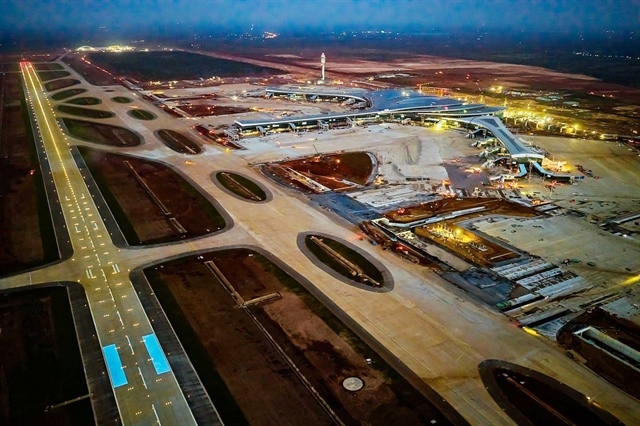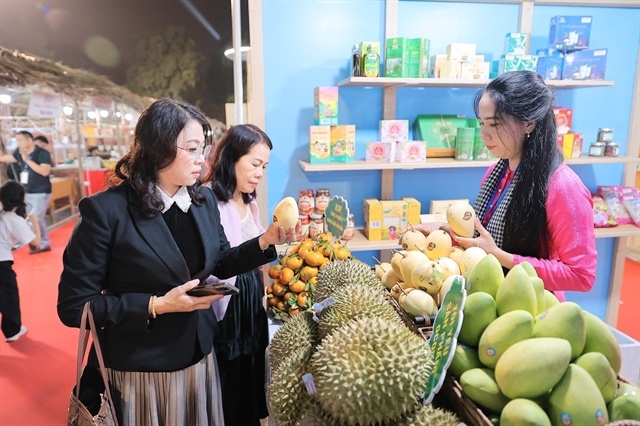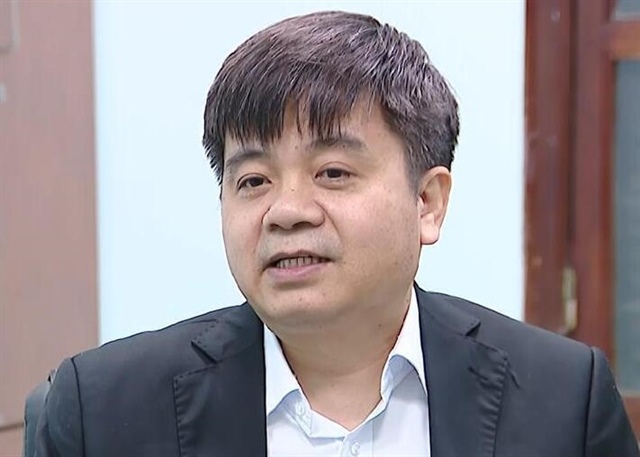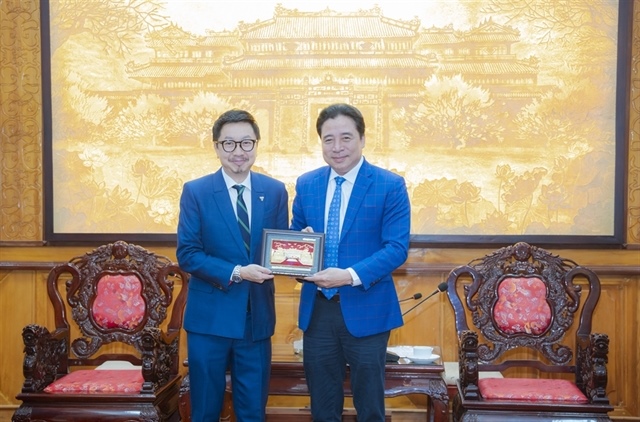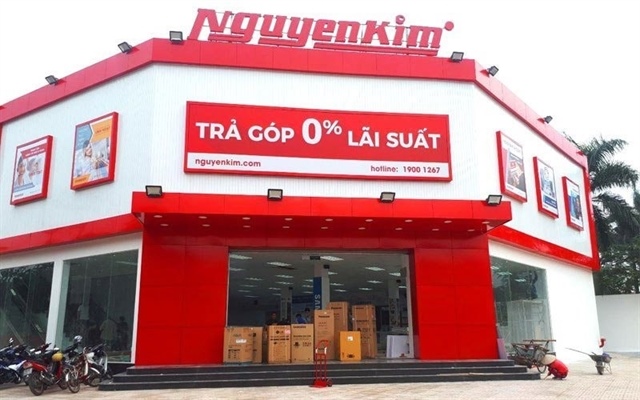Caution needed in using products made from WTE plants’ ash: Expert
Caution needed in using products made from WTE plants’ ash: Expert
Fly ash released from the Can Tho waste-to-energy (WTE) plant in the Mekong Delta city of the same name will be utilized as a material for cement production. However, this kind of cement should only be used for certain projects, and its ash proportion should be provided to users, said Associate Professor Dr. Le Anh Tuan, deputy head of the Research Institute for Climate Change, under Can Tho University.

At a recent press conference on Can Tho City’s socioeconomic performance in the first quarter of the year, Can Tho chairman Vo Thanh Thong said that slag from the Can Tho WTE plant, developed by EB Environmental Energy Co., Ltd, an arm of China Everbright International Limited, will be used for leveling, while ash produced by the plant will be used in building-material production.
Tuan told the Saigon Times that the use of slag and ash discharged from WTE plants for building-material production is popular around the world. Burial is not a good solution as it not only wastes land but also affects underground water sources.
However, ash and slag discharged from WTE plants are different from coal ash and slag from thermal power plants, as the input of thermal power plants is mainly coal whereas the input of WTE plants varies to include organic and inorganic matter or substances containing heavy metals. Ash from WTE plants may even contain radioactive substances, Tuan added.
Therefore, Tuan proposed that this kind of ash should be assessed carefully before being used for building-material production.
In addition, building-material products made from WTE plants’ ash should be used for projects serving a limited number of people. They should not be used in hospital, housing and kindergarten projects, Tuan noted.
Further, the contents of these building-material products should be listed on their packaging, especially the proportion of ash.
The optimal solution is to encourage local residents to reduce and recycle waste, Tuan affirmed.
He pointed out that European countries try to recycle as many types of waste as possible, and the burned waste in these countries accounts for only 30% of the total waste volume.
He suggested WTE plants in Can Tho and Vietnam as a whole should learn from European countries’ experience to classify waste at the source, which requires the coordination of local authorities, WTE plants and local residents.


